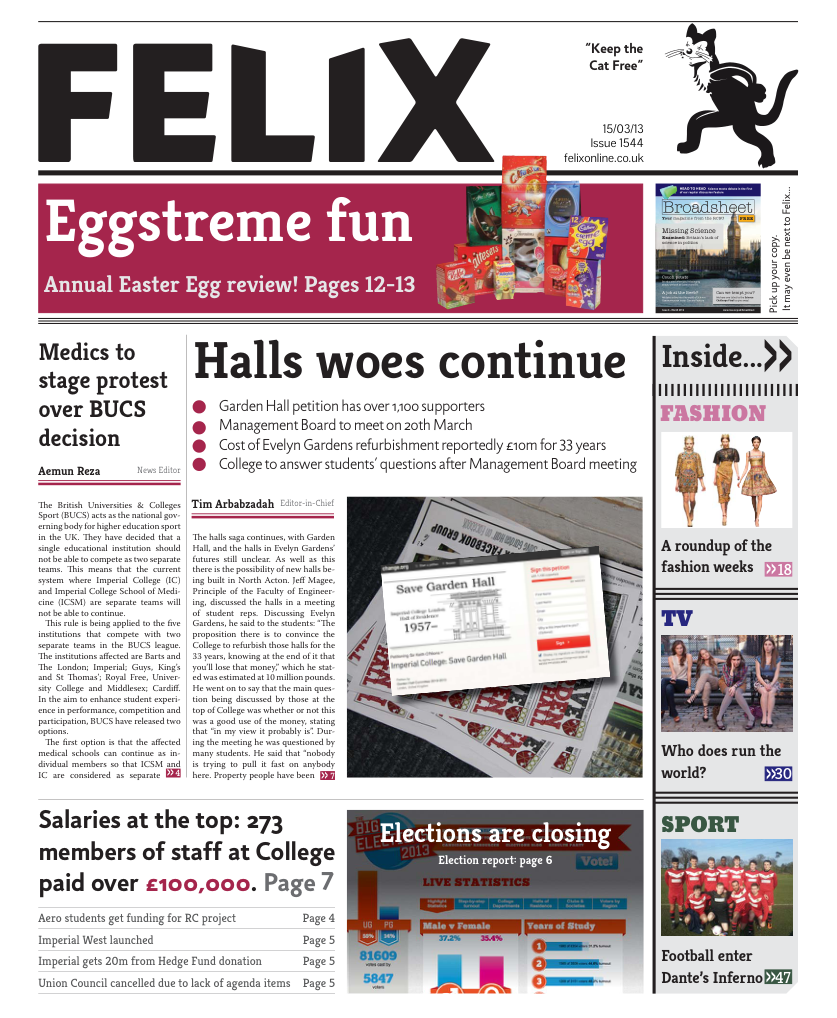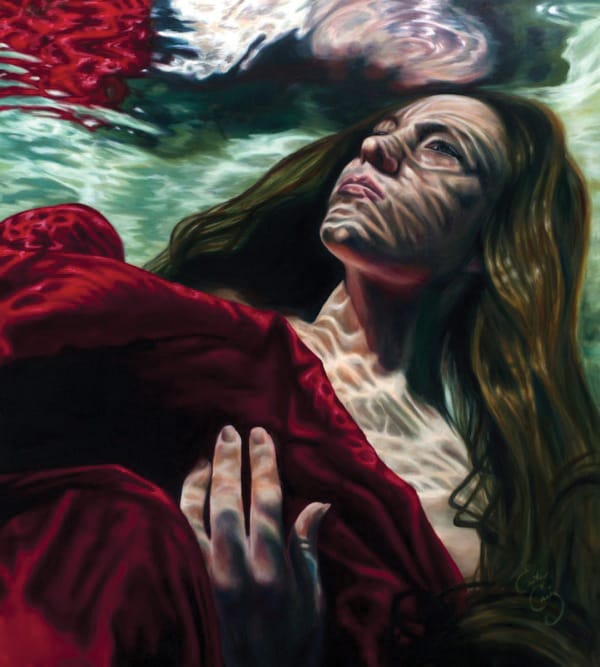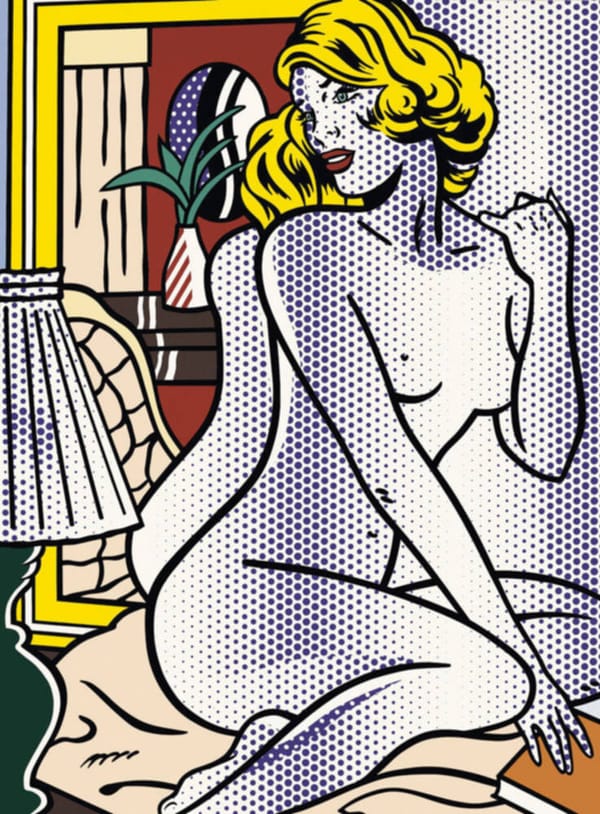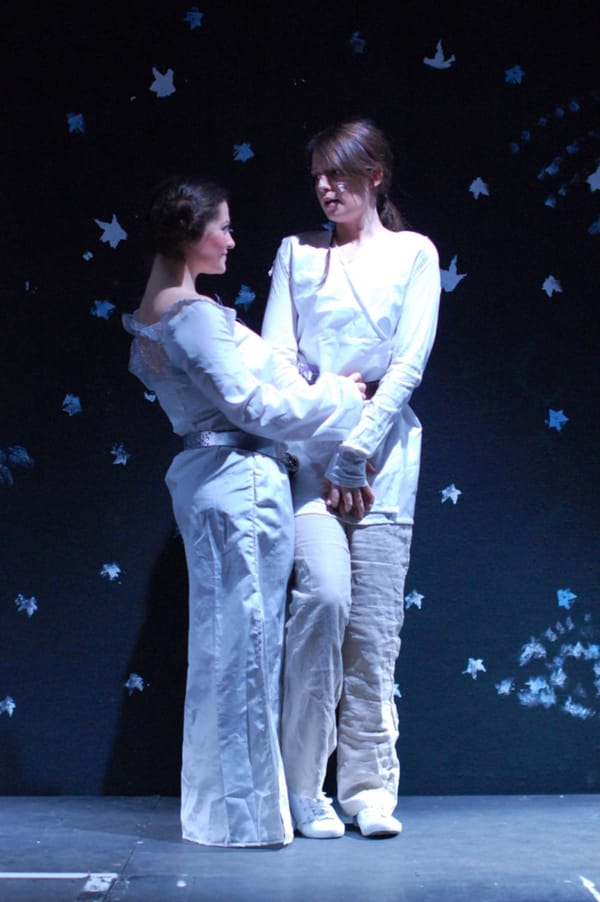Don’t give a tosca?
Rocio Molina thinks you should
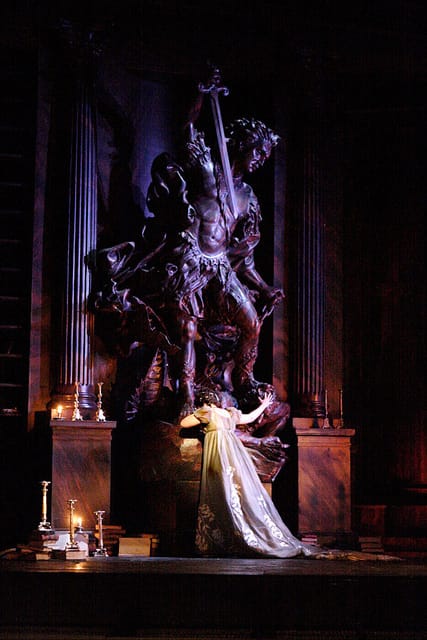
Drama, passion and a thrilling unravelling of events makes Tosca an opera that will keep you on your toes during every act. Set against the backdrop of turbulent Rome in the 1800s, this opera could well be equated with a modern Hollywood drama.
It is named after one of the main characters, Floria Tosca, a powerful opera singer who lives under the protection of the queen of Naples. Tosca and her lover, the idealistic painter Mario Cavaradossi, are at the core of this story. We follow their misadventures over the course of the day in which their lives are upturned by the intervention of one of the most malevolent opera villains ever: Scarpia, the Chief of Police.
The first act of Tosca opens on a calm and quiet Roman morning in the candle-lit church of Sant’Andrea della Valle, conjuring a romantic vision which will soon be broken. Tosca and Mario’s beautifully moving love duet is all too soon shaken by the terrifying appearance of Scarpia, who is searching mercilessly for Angelotti, a fugitive escaped from Castel Sant’ Angelo.
A special mention must be made for the magically crafted set design of this outstanding production. The opening scene unveils the interior of a two-level church, illuminated only by the soft lights of candles. The levels are separated by an intricate iron fence, whose door leads onto a winding stair case that provides access to the main chapel, where on the left Mario Cavaradossi is painting a mural with a religious theme.
The beauty of the scenery is surpassed in the second act, during which we are welcomed inside the elaborate Palazzo Farnese, Scarpia’s headquarters. Evoking the grandeur of ancient times, the stage is dominated by a giant sculpture of Saint Michael, contorted and menacingly holding a spear. This stage synthesises the drama that Puccini’s music brings to life in this second act. Mario Cavaradossi is being tortured out of stage by Scarpia, who is ruthlessly using every means possible in order to capture the fugitive. Tosca now appears trapped between the suffering of her lover and the taut grip of Scarpia. Torn away, she cannot but help her lover, despite Mario’s innumerable pleas for silence.
Puccini’s music storms throughout the whole act encapsulating the gush of emotions that take the stage. Rage, power, lust, despair and piety all rise and are subdued throughout.
This opera is of epic proportions and is not meant to reflect real life, but rather to deliver a condensed and acutely dramatic take on real life. It is difficult to identify oneself fully with any of the characters, although one can feel oneself swept into the play; it gives us a taste of an extreme version of events, such as we would usually only experience in a dilute form in our daily lives.
Tosca’s final act delivers a dramatic ending of an intensity only matched by Shakespearean plays. As the night gives away and the Roman bells start to toll, we are shown a misty terrace of the Castel Sant’Angelo. The space appears to defy any sense of perspective, precluding an uneasy sensation of deception, which our main characters will share.
However, without revealing more, just allow me to encourage any student to take an evening free to feel delighted by this enthralling opera.
Tosca runs from 2 – 26 March and 9 – 20 July.

